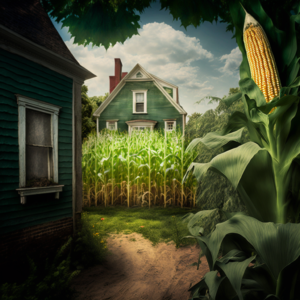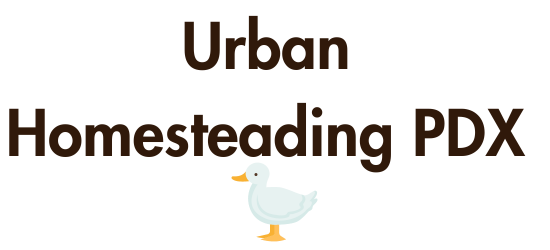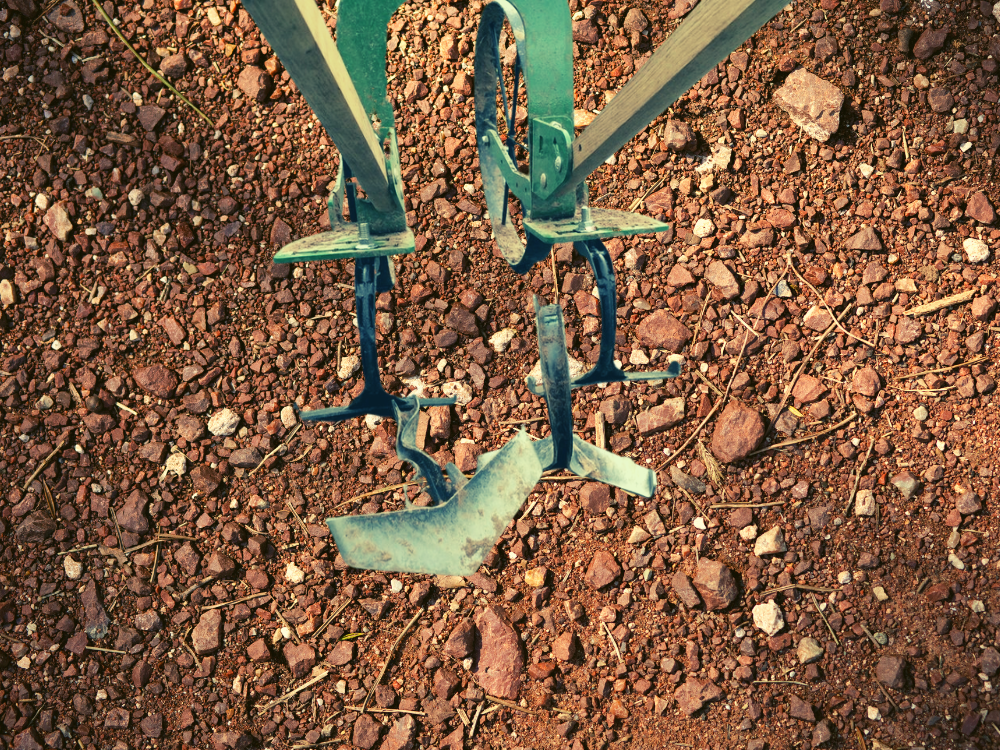High Arch Wheel Hoe for Hilling Corn and Potatoes
Cultivating the soil with a high arch wheel hoe for growing corn and potatoes is a delight. Gardeners and small-scale farmers using hand tools love this style of wheel hoe. It excels as a cultivating tool early in the growing season. When growing corn, potatoes, and other crops that benefit from hilling it is an essential tool.
What is a High Arch Wheel Hoe
A high arch wheel hoe is a hand tool for gardeners and small-scale farmers. The best wheel hoe will last a lifetime of use in the field keeping your gardens free of weeds and ready for planting.
This tool is designed to cultivate the soil and control the never-ending growth of weeds in garden beds. The name is derived from the high arch shape of the frame which is curved like an upside-down U. The farmer uses the tool directly in the garden beds down the individual rows to till the soil, weed, and smooth out the soil surface without impacting the growing roots.
Individuals enjoy the arched wheel hoe due to its ergonomics. The tool is designed with comfort in mind. When used properly it reduces the strain placed on the back and shoulders compared to working a traditional garden hoe or hula hoe.
Difference between a regular garden wheel hoe
A regular garden hoe with wheels is not designed to weed or cultivate tall plants on both sides. The high arch design of this style of farm tool allows the gardener to work directly down the row. This means weeding or cultivating both sides at the same time is possible with plants like corn or potatoes late into their development.
A regular hoe requires significant upper body strength to work. When used all day long to weed or cultivate garden beds a classic hoe will leave you worn out and tired. The wheel hoe reduces the amount of physical strength and stamina to get through the day.
How to use a High Arch Wheel Hoe
- Adjust the angles of the blades for the tool depending on the task at hand. Weeding requires the blades to barely skim the surface while plowing and cultivating the soil will warrant more depth into the ground to work.
- Push the hoe straight using the wheel to guide the tool. It rolls smoothly over the ground.
- The blade chops weeds and cultivates the soil as pushed through the bed. When the ground is hard and clumpy it may require additional passes. However, light and fluffy soil will get cultivated from the wheel hoe quickly.
Wheel Hoe for Corn Crops
There are several benefits of deploying a high arch wheel hoe to corn crops. Growing corn without traditional mechanized equipment is hard. The wheel hoe solves the problem of clearing the vegetable beds of weeds. However, the most important task it completes is hilling the corn stalks of juvenile plants.

Why Corn Stalks Need Hilling
- Weed Control – Cultivating the soil next to the plants keeps the weed growth down. Adding the moved soil closer to the plant covers any emerging weeds
- Supporting the Plant Stalks – Corn benefits from added soil to the base of the plants. This keeps them upright as they get heavy with when developing full-sized ears.
- Root Growth Development – The added soil to the base of corn plants gives new space for roots to grow. As a result, the late stages of the plants have ample roots to uptake water to fill the ears out completely.
- Pest Control – The soil added during the wheel hoe hilling process deters the ability of pests, specifically cutworms from accessing the stalks of the plants.
- Easy Harvests – Keeping the plants straight up, improves the harvestability of the crop and reduces wind blowing in the fields from disrupting the ability to quickly harvest rows.
- Increased in Total Corn Production – The increased root development, water retention in the soil, and protection from pests increase the total yield of corn crops.
Potatoes Benefit from Arch Wheel Hoe
Potatoes are another crop that is typically hilled during the early development stages.
The wheel hoe tosses direct from the sides of the row up against the plant allowing for more tuber growth and additional protection from the sun to tubers growing near the surface. Similar to corn, the hilling process improves the yield potential of a potato crop significantly. Both home gardeners and small-scale farms benefit from the practice.
Timing for Last Use Per Crop
There is a right time and a wrong for hill crops. However, there is a window of time that it is possible to use a high arch wheel hoe and then once the plants grow too tall it is nop longer usable. Hilling right before the crops is no longer able to easily fit under the wheel. As a result, keep an eye on your plants development and make sure to not miss that window.




Recent Comments